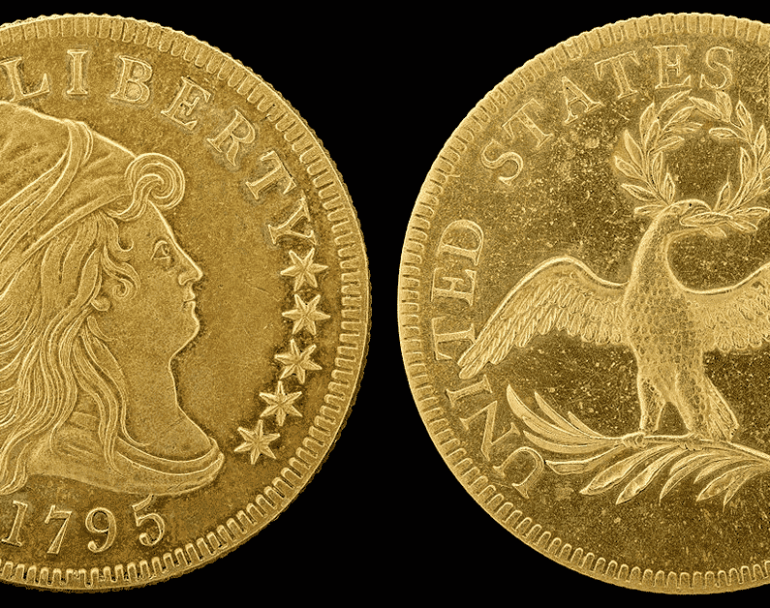
Today in History: Coinage Act of 1792 Passed
By: Dave Benner
Today in history, the Coinage Act of 1792 was passed. It was the first attempt, under the current Constitution, to establish a coinage system for the United States.
The coins were based on a decimal system, championed by Thomas Jefferson and Robert Morris in the 1780s. In a report titled “Notes on the Establishment of a Money Unit and Coinage for the United States,” Jefferson endorsed Morris’ plan to use the system for the first coins, and Congress agreed. The coins became known as the Nova Constellatio.
Unlike the Articles of Confederation, the Constitution prohibited paper money at both a Congressional and state level. During the 1770s and 1780s, the states and Congress printed debtor-friendly bills of credit that became rapidly debased, enraging creditors and creating an economic calamity.
Because of a push, primarily by Roger Sherman of Connecticut, the new Constitution held that Congress possesses the power “To coin Money, regulate the Value thereof, and of foreign Coin, and fix the Standard of Weights and Measures.” Additionally, no state could “make any Thing but gold and silver Coin a Tender in Payment of Debts.” Madison’s notes reflect that Sherman believed the economic doldrums produced “a favorable crisis for crushing paper money.” He noted that without such constraint, the friends of paper money would make “every exertion” to get into the Legislature in order to license it. The prohibition on the emission of bills of credit passed by a margin of 8-1, with one state divided.
Sherman was not alone in his opposition to paper money, and several others recognized this necessity. In North Carolina’s state ratifying convention, William Davie opined that “it is essential to the interests of agriculture and commerce, that the hands of the states should be bound from making paper money, installment laws, or pine-barren acts.” By “such iniquitous laws,” Davie declared, “the merchant or farmer may be defrauded of a considerable part of his just claims.” Even Alexander Hamilton, a fierce proponent of national banking, maintained that “the emitting of paper money by the authority of Government is wisely prohibited to the individual States, by the National Constitution.” Beyond this, he professed that “the spirit of that prohibition ought not to be disregarded, by the Government of the United States.”
Under the 1792 Act, a United States Mint was established for the first time. The United States dollar was tied to the value of the Spanish silver dollar, which had been widely circulated in North America for several decades. For the first time, the act created a copper cent, the grandfather of today’s variant. The act also created Eagles – worth $10, Half Eagles – worth $5, Dollars – worth $1, and Quarters – worth $0.25, among other demarcations.
All coinage was backed by weighted bullion in standard gold, silver, and copper, in accordance with the constitutional power. At a central level, bullion-based coinage was never abandoned until 1861, when the United States government printed fiat “Greenbacks” that rapidly depreciated in value over the next few years. Compounding the problem further, some state banks refused to accept the paper for deposits or accept them for the payment of taxes.